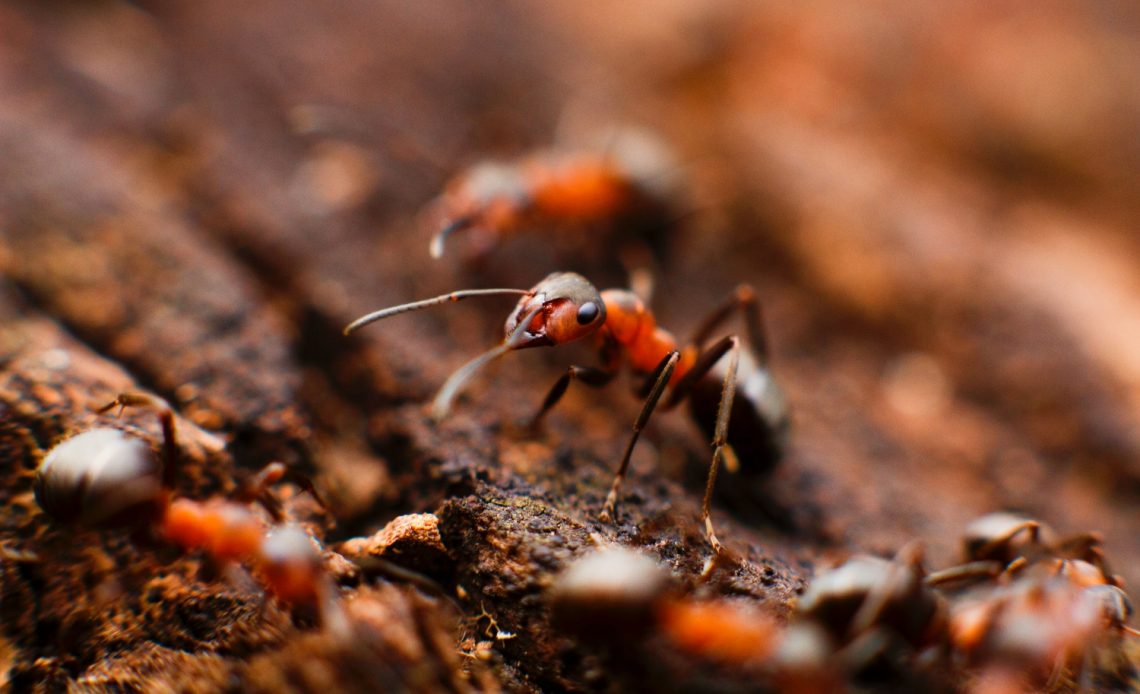

We’re here to help! Wild Yards is a completely free website that is 100% dedicated to helping you create a wildlife-friendly, sustainable yard. Read more
WildYards is reader-supported. When you buy a product through a link on our site, we may earn a comission. Every product is independently selected by our (obsessive) editors and our reviews are unbiased and objective. Read more about our mission or our privacy policy.
Hugelkultur focuses on mimicking what happens in nature. By layering dead leaves, nitrogen-rich foliage, compost, and soil over decaying logs, gardeners can promote the biodegradation process, providing long-lasting nutrition for their crops. But while Hugelkultur has many benefits that make it a popular choice among permaculturists, there are a few Hugelkultur disadvantages that you should keep in mind, too.
Hugelkultur beds require a lot of time and effort to build and it’s not always easy to find all of the supplies you need. It can also be difficult to tend to plants growing at a steep angle, and because these mounds are warm and moist, they can play host to rodents and insects.
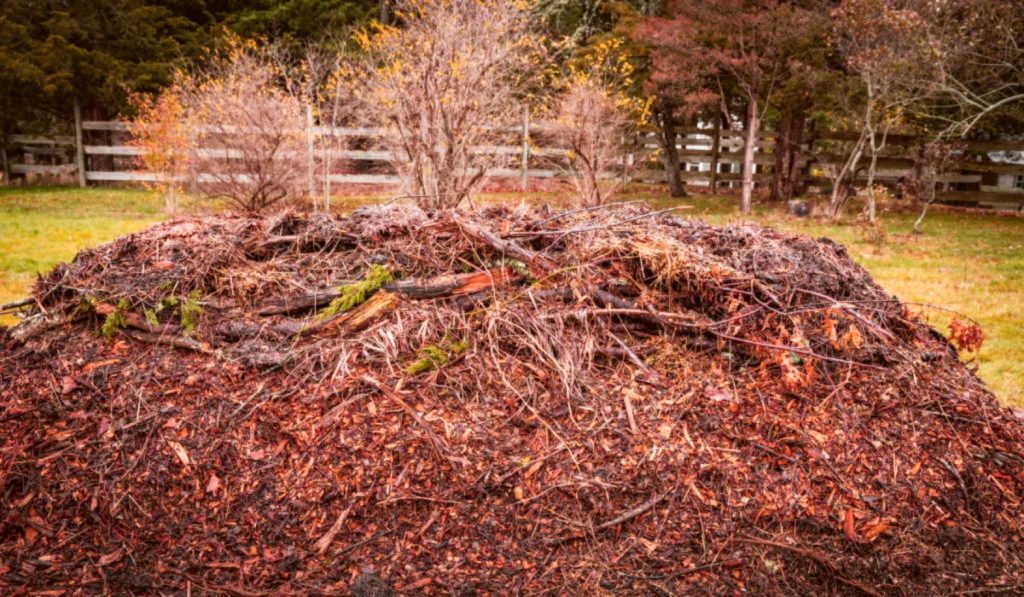
9 Hugelkultur Disadvantages to consider before committing
Hugelkultur originated in the Black Forest region of Germany way back in the middle ages. The word itself translates roughly to “mound culture”, and the process consists of layering biodegradable materials on top of logs. This traps heat and moisture encouraging the wood to decompose, and providing the plants on the top of the mound with valuable nutrients.
When built correctly, a Hugelkultur can last for more than 10 years. These types of no-dig gardens are seeing a surge in popularity because they’re extremely cost-effective. Unfortunately, they’re not without their faults. Here are 9 Hugelkultur disadvantages to keep in mind before breaking ground on your new garden.
It can be tough tracking down enough materials
Hugelkultur assumes that you live in an area where logs, stumps, tree branches, and dead leaves are readily available. But the fact is that not everybody has a large forest on their property. If you want to make a Hugelkultur bed, but you don’t have the supplies on hand, you’re going to end up paying for them, which kind of defeats the purpose.
A Hugelkultur mound is built by layering different materials. The first layer is the log layer, comprised of wood. However, not all types of wood are suitable for a Hugelkultur garden, as some trees secrete substances that inhibit plant growth. If the only trees you have at your disposal aren’t appropriate for Hugelkultur, that can make tracking down the right woods time-consuming and costly.
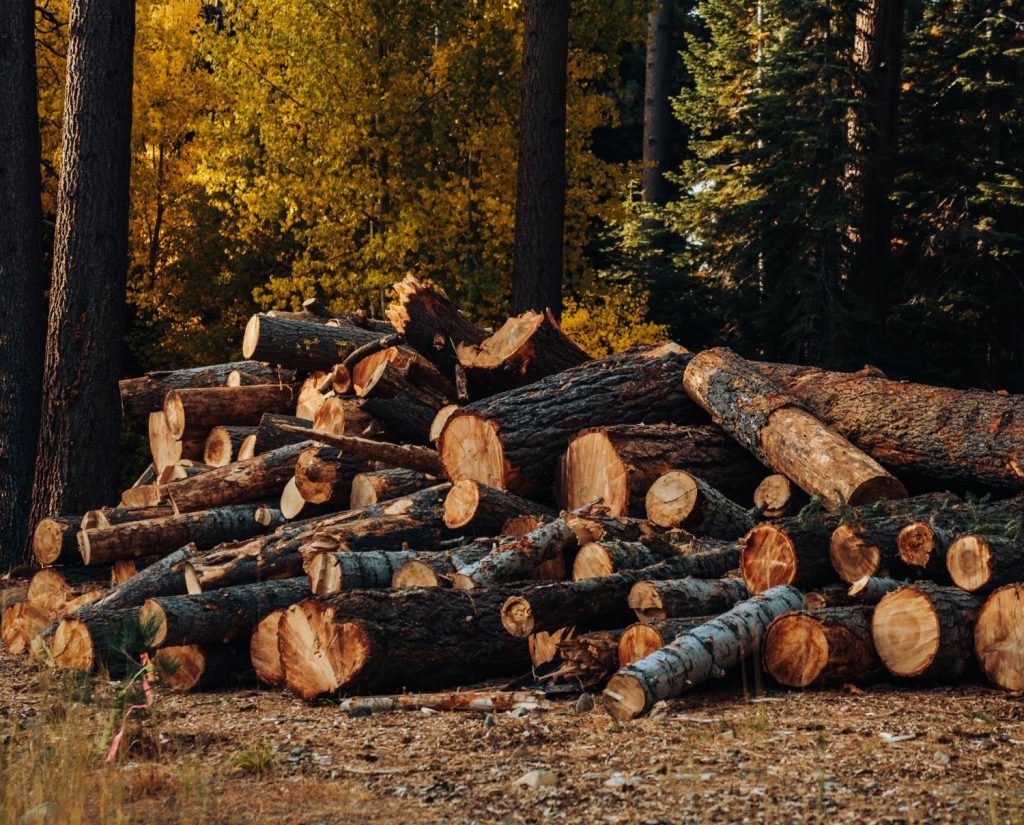
Hugelkultur mounds require a lot of work initially
All gardens require some labor, but Hugelkultur mounds require a ton of effort up front. First, the site has to be excavated to help anchor the Hugelkultur layers. The wood for the log layer must be hauled, split, and arranged to fit the space. Dead leaves and nitrogen-rich materials must then be laid over the top of the logs.
Once all of that’s done, it’s time to put the soil in place. Sometimes, the soil needs to be amended first, which requires even more effort. And, finally, when the mound is finished, a layer of mulch should be applied to keep the hill moist. All of this is a lot of work — certainly a good deal more work than simply tilling a plot of ground or building a raised wooden bed and filling it with a soil mix.
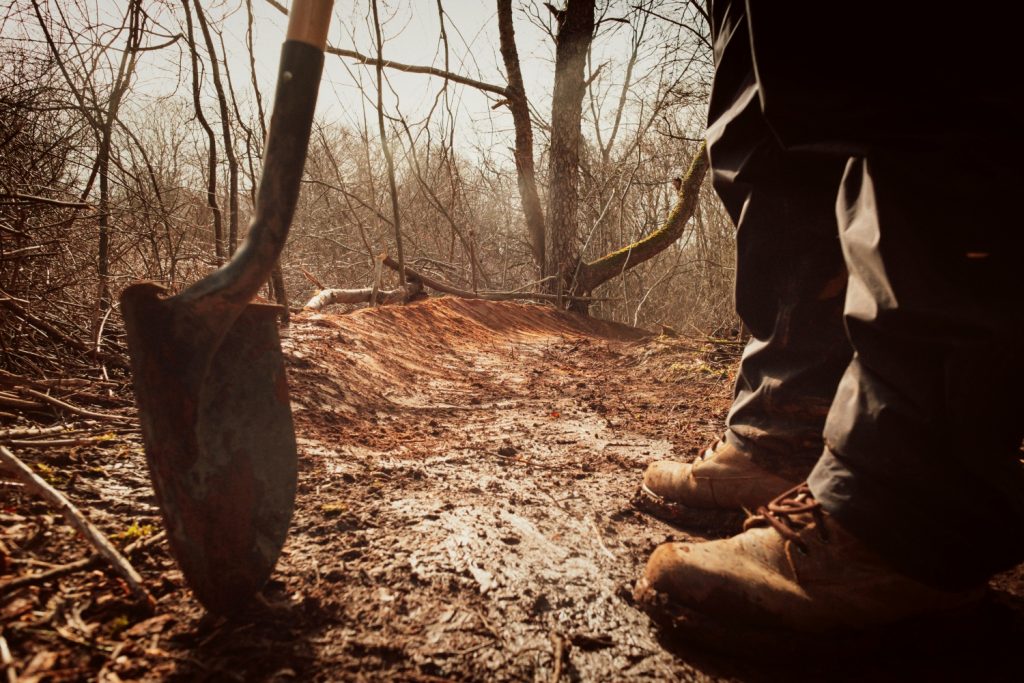
The mounds are awkward and can be difficult to work with
If you place your log layer in the ground, the resulting Hugelkultur hill shouldn’t be so tall that it’s awkward to manage. But, unfortunately, some soils are too hard to dig through for that foundational work, meaning the log layer must be placed right on top of the soil. This can raise the Hugelkultur mound several feet, and the bigger the mound is, the more difficult it can be to work with, especially if you’re not a tall person.
When building a Hugelkultur hill, try to make sure it’s shorter than you are. This will make it easier for you to plant, tend to, and harvest your crops. If your Hugelkultur is much taller than you are you may need a ladder or a long-handled fruit-picker to collect your vegetables.
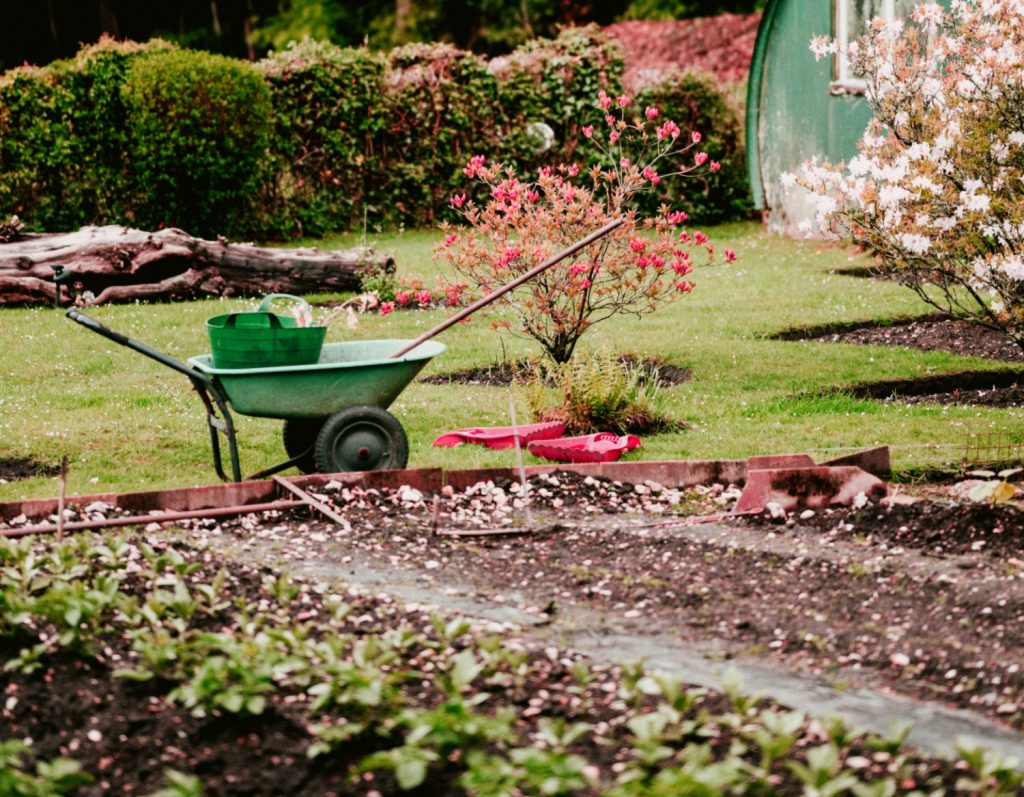
Hugelkultur mounds are not appropriate for monoculture
When you grow several plants of the same species in the same plot, they’ll leech the same minerals from the soil. Because a Hugelkultur mound is a limited area, it’s not well-suited to monoculture. It’s best to plant a variety of plants that have different mineral needs. Growing vegetables that have shallow roots, like radishes, along with vegetables that have deep roots, like asparagus, also helps stagger nutrient usage.
Additionally, dwarf fruit trees, like Meyer Lemon trees, don’t grow well in a Hugelkultur mound. These beds don’t provide small fruit trees with a sturdy enough base for them to grow well. Because the soil is so loose, there’s nothing for them to grab onto. You’re better off growing fruit trees straight in the ground or in large pots.
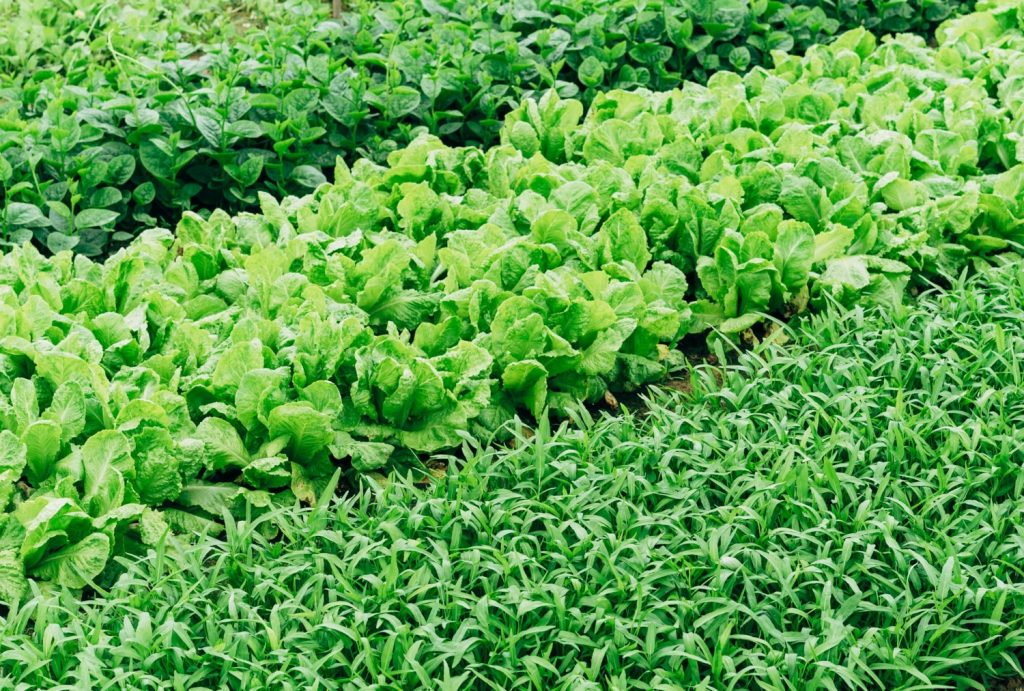
Gravity is constantly working against you
Hugelkultur mounds are triangular in shape, and they’re comprised of porous soil that plants can easily spread their roots in. But because a Hugelkultur is basically a pile of loose dirt, it’s subject to erosion. It doesn’t take very long before wind and rain start pushing the soil downward, toward the base of the Hugelkultur. And the steeper the mound, the worse the effects.
Gravity is not your friend if you have a tall Hugelkultur hill. Not only does this result in soil erosion, but it also makes it difficult to add any amendments. For instance, if your tomato plants are near the top of the mound, and you want to feed them with old coffee grounds, it can be tough to prevent the coffee grounds from sliding onto the plants below.
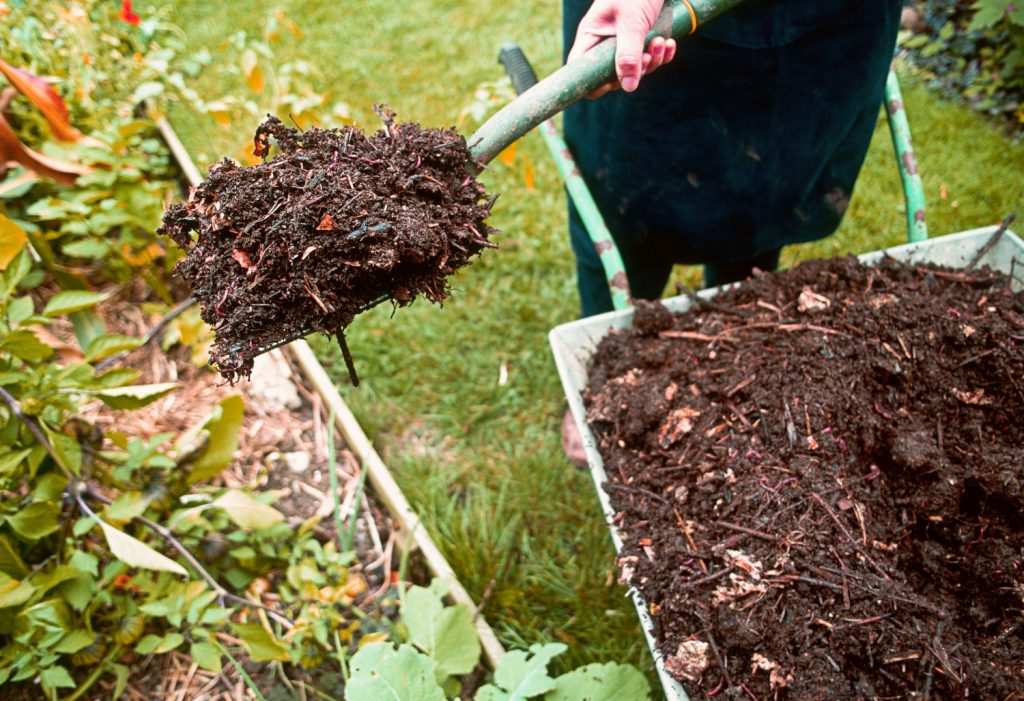
The top of the Hugelkultur mound stays dry
Piggybacking off of the previous disadvantage, the top of the Hugelkultur mound is almost always dry because gravity pulls all the water downhill. The top is also exposed to more sunlight than the rest of the mound, which also makes it prone to more moisture loss.
Now, theoretically, you could plant drought-tolerant herbs up there, like rosemary, lavender, and sage. But the downside is that you may have trouble getting to them. If your Hugelkultur mound is taller than you are, and if there are other plants projecting out from the middle of the hill, you may not be able to get close enough to harvest the plants on the top.

Hugelkultur beds can attract rodents and insects
If you’re not careful to ensure that all of the holes in the log and branch layers are filled with soil, field mice, rats, and other small animals may decide your Hugelkultur would be a great place to call home. The presence of all those rodents can also attract snakes. If you can’t stand vermin consider raised bed gardening instead. But if you already have a Hugelkultur bed, watch where you put your hands.
Termites are big fans of Hugelkultur beds, too, and they can invade your home and outbuildings once they’ve finished eating the wood in your garden. Beetles, ants, and other bugs also like to hide in Hugelkultur beds. Bear this in mind when deciding which type of garden is best for you.

New beds may not provide plants with enough nitrogen
Bacteria and fungi are needed to break down the large logs at the bottom of the Hugelkultur. Fungi, in particular, play a critical role in initiating the degrading process. Unfortunately, these fungi pull a lot of nitrogen away from the plants above. Even though a nitrogen-rich layer should be added to the mound, these fungi can still wind up stealing this essential mineral away from your vegetables.
Once the materials in your Hugelkultur bed begin to break down, nitrogen availability improves. So if you want to use Hugelkultur to raise vegetables, you should start your mound a year before planting to give the layers time to start composting. If you use your Hugelkultur right away, your crops may develop yellow leaves and stunted growth, both of which are signs of nitrogen deficiency.

Hugelkultur beds are immovable
One of the biggest Hugelkultur disadvantages is that the mounds can’t be moved. If you ever want to rearrange your property, you’ll have to demolish the existing mound and build another someplace else. Starting the whole Hugelkultur process over from the beginning is a lot of work.
Of course, moving a garden is never easy. If you want to move a raised wooden bed, for instance, you have to scoop the soil out, disassemble the bed, move it to its new location, then put everything back together again. But at least it can be done. Trying to move a Hugelkultur bed wouldn’t be worth the effort because it’s incredibly difficult to transfer decaying materials since they break up when handled.
Is Hugelkultur worth the time and effort?
Hugelkultur is a time-tested permaculture strategy that has many benefits. It’s a great way to dispose of old timber and it provides garden vegetables with plenty of composted organic matter, virtually eliminating the need to rely on store-bought fertilizers.
A successful Hugelkultur can last for a long time, providing you with an abundance of fruits and vegetables. But now that you know about these Hugelkultur disadvantages, it’s up to you to decide whether this gardening strategy is right for you.
